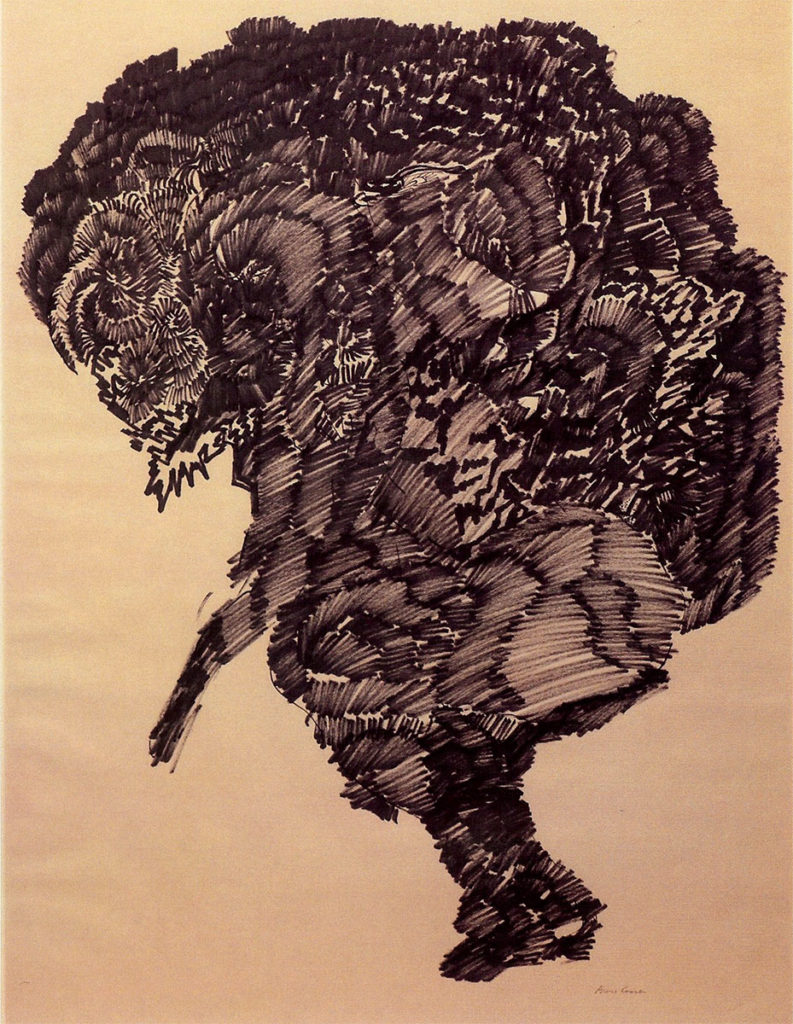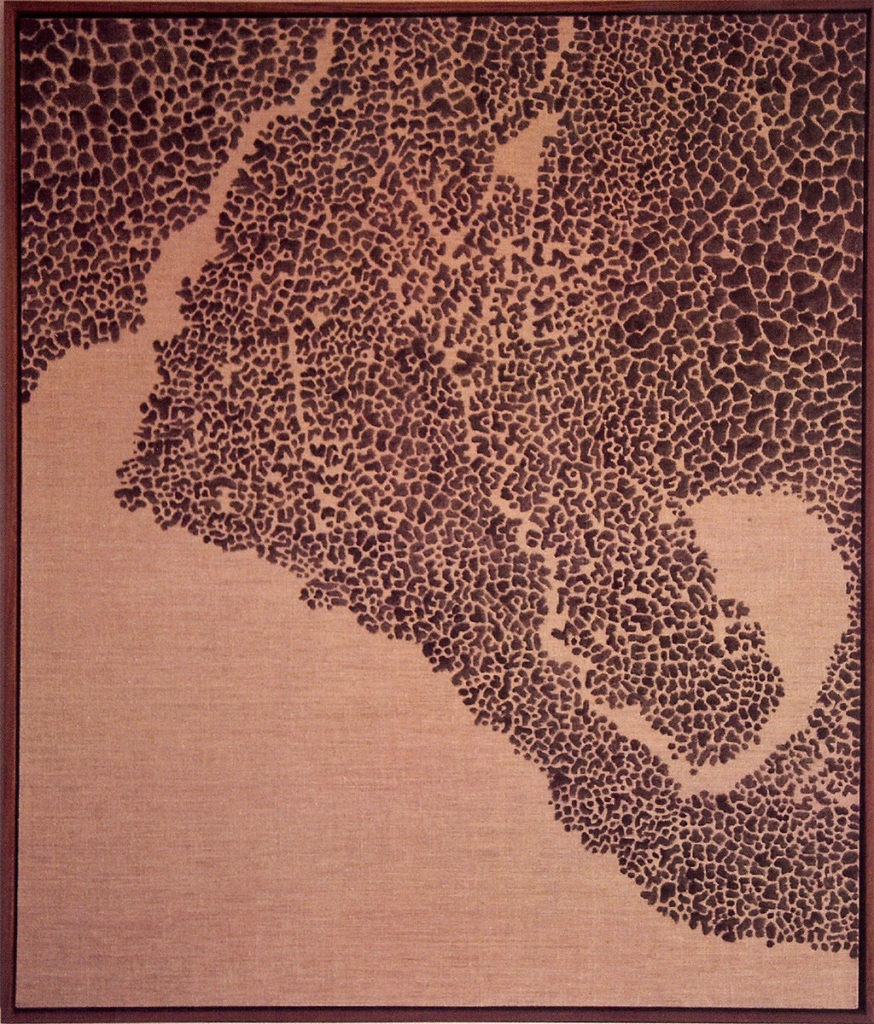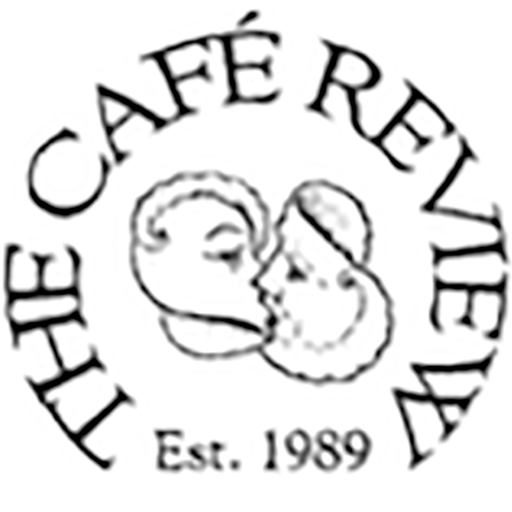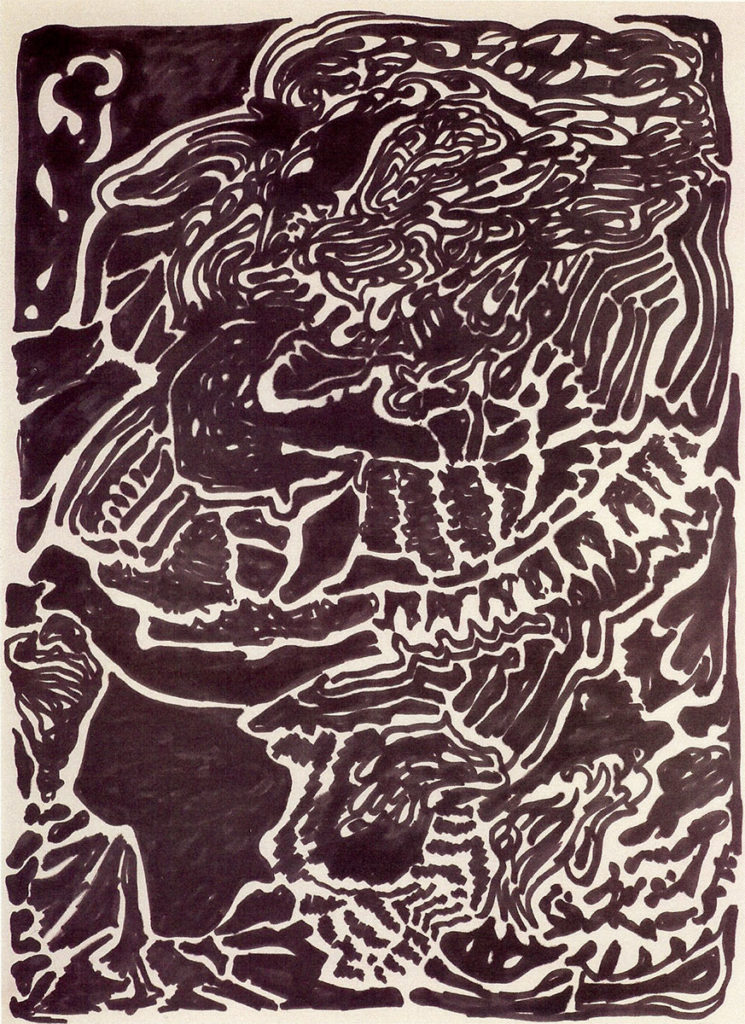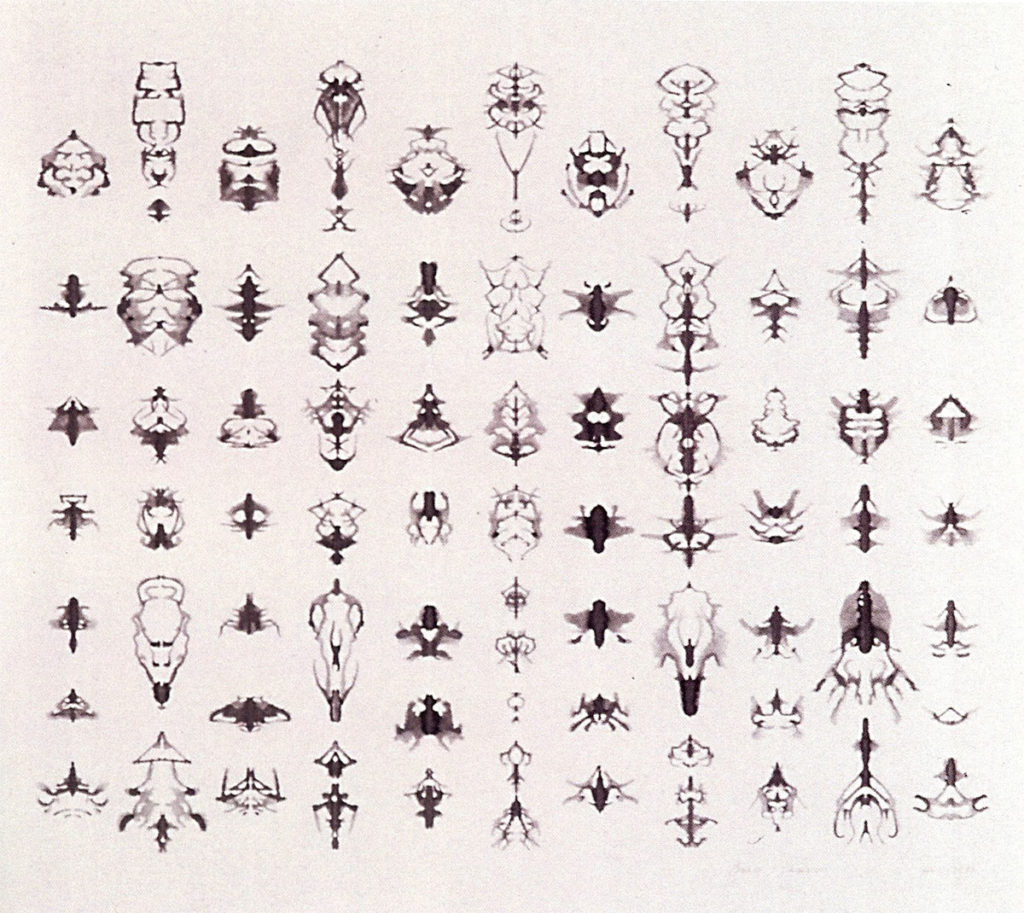Bruce Conner
Bruce Conner: was born in McPherson, Kansas, in 1933 and studied art at Wichita University, the University of Nebraska, the Brooklyn Art School, and the University of Colorado. He moved to San Francisco and fell in with those who would later become well – known members of the Beat generation, including the visual artist Wallace Berman and the poets Lawrence Ferlinghetti and Michael McClure. He became known for his assemblages made from women’s nylon stockings, parts of furniture, broken dolls, fur, costume jewelry, paint, photographs and candles. These works, created between 1957 and 1964, were a vehement rejection of the optimistic, consumerist spirit of mainstream American society. In the late 1950s, he began making short movies that proved highly influential and established him as one of the seminal figures in the history of independent, avant – garde filmmaking. His first film, “A Movie” (1958), a visual collage created from bits of B – movies, newsreels, and other footage, was listed on the National Film Registry of the Library of Congress in 1991. He was also created “Crossroads” (1976), produced with funds from the National Endowment for the Arts, which turned the destructive and sinister atom – bomb test in Bikini Atoll into elegiac visual poetry. He spent much of his life searching for artistic truth and, although he achieved much fame, showed little interest in its trappings and often refused to be photographed and often did not sign his work. As a prank, he sent a notice of his death to Who’s Who in American Art. He and his artist friends including Joan Brown, Jay De Feo, Manuel Neri, and Wallace Berman, formed the Rat – Bastard Protective Association, a counter – culture group to distance themselves from mainstream values. They became known as Beat Generation artists who looked for something deeper than what they perceived as the shallow pieties of Eisenhower dominated America. He died in San Francisco, California on July 7, 2006.
